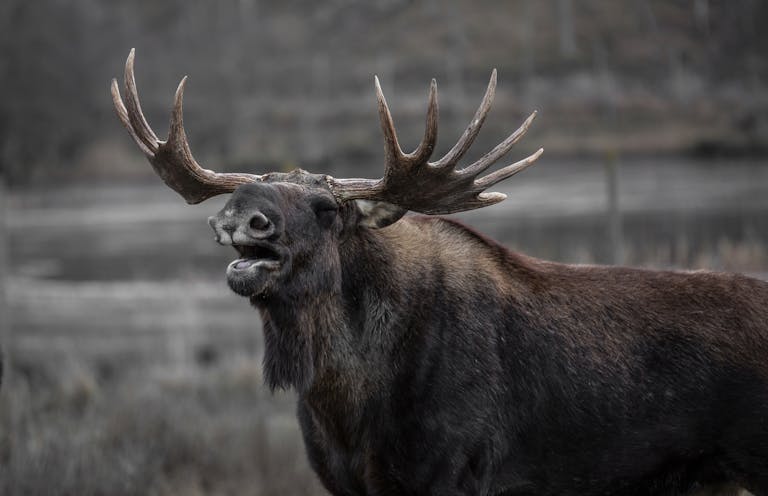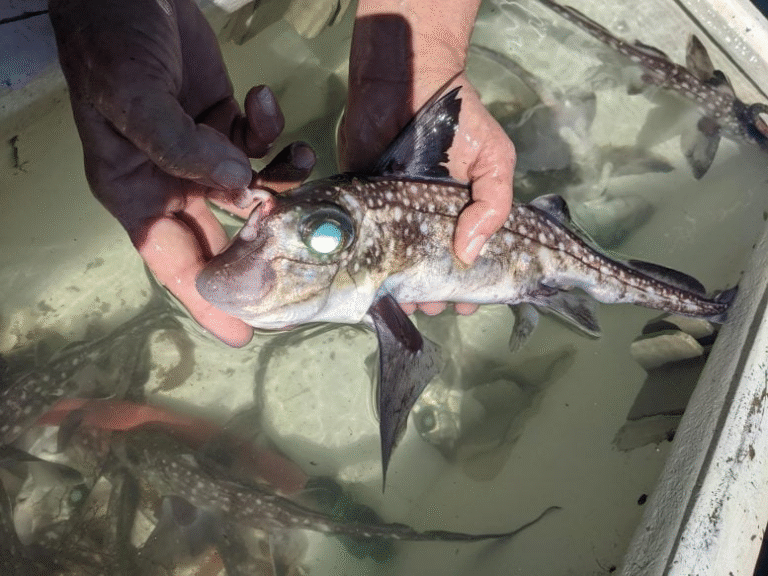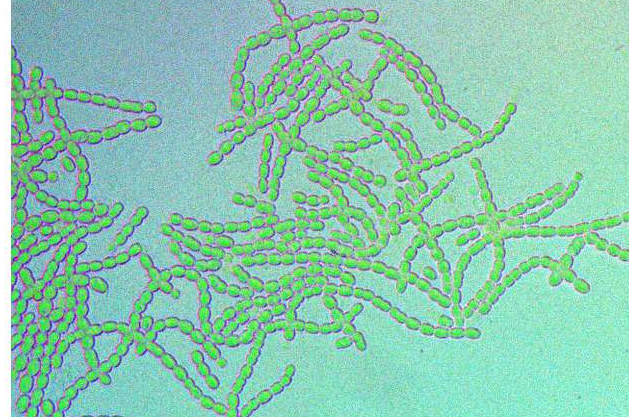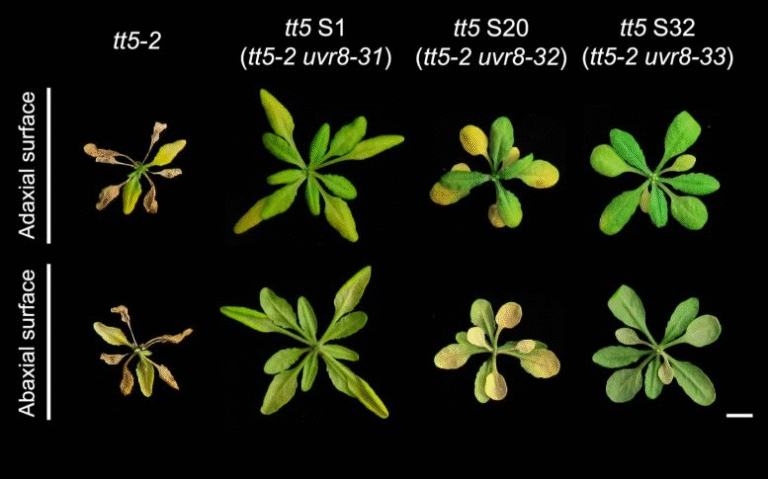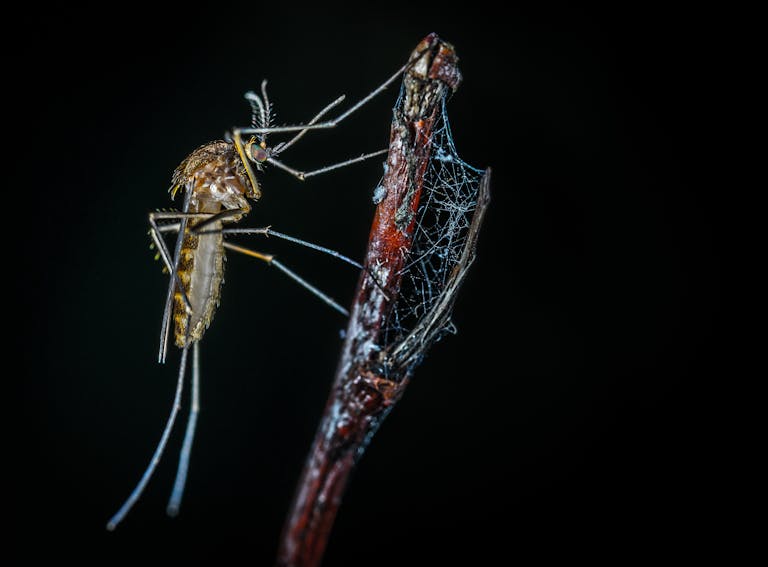North American Bats Found to Glow Green Under Ultraviolet Light
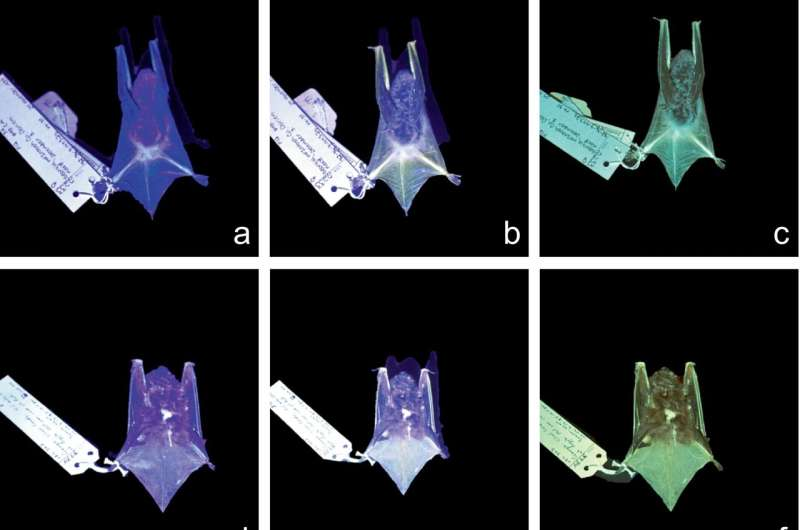
Scientists at the University of Georgia have uncovered a glowing secret hidden in the night skies of North America — certain bats emit a greenish glow when exposed to ultraviolet (UV) light. The discovery, published in the journal Ecology and Evolution, marks the first documented case of such photoluminescence in North American bat species.
Researchers from the Warnell School of Forestry and Natural Resources examined 60 bat specimens from the Georgia Museum of Natural History, representing six different species. When illuminated with 410-nanometer UV light, these bats revealed a soft, greenish luminescence concentrated on their wings, hind limbs, and tail membranes (uropatagia).
The six glowing species include:
- Big brown bat (Eptesicus fuscus)
- Eastern red bat (Lasiurus borealis)
- Seminole bat (Lasiurus seminolus)
- Southeastern myotis (Myotis austroriparius)
- Gray bat (Myotis grisescens)
- Brazilian free-tailed bat (Tadarida brasiliensis)
Each of these species, despite differences in habitat and lifestyle, displayed nearly identical photoluminescence characteristics — their glow peaked in the green wavelength range (520–552 nanometers). This consistency, researchers say, points to the possibility of a shared genetic or ancestral origin for this trait.
How the Study Was Conducted
The team used both UV illumination and specialized light filters to visualize and record the glowing effect. Each specimen was photographed under pure UV light, under a yellow-tinted UV-filtering lens, and with a 470 nm longpass filter, which blocks UV and only passes visible light.
To measure the light precisely, scientists used a spectroradiometer with a 4000 ms integration time, holding the sensor about 10 millimeters above the brightest section of each specimen’s membrane. The intensity, or irradiance, was measured in micro-watts per square centimeter (µW/cm²), and each specimen’s peak emission wavelength was recorded.
Interestingly, the age of the museum specimens — which ranged from 22 to 103 years old — did not influence the emission properties. That finding suggests the glowing effect is not a result of environmental contamination or preservation chemicals, but rather a biological characteristic of the bats themselves.
Statistical tests confirmed no major differences in wavelength between males and females or across species. However, there were differences in glow intensity among species. The Big brown bat and Brazilian free-tailed bat emitted stronger luminescence than some of the Lasiurus species, hinting at possible differences related to social behavior or genetic expression.
What Makes the Bats Glow?
The phenomenon observed here is known as photoluminescence, which occurs when certain molecules absorb UV light and re-emit it as visible light. In mammals, this is still a relatively new field of study. Other creatures like flying squirrels, platypuses, and opossums have shown similar abilities to glow under UV light, but the chemical basis for this glow is not yet fully understood.
Researchers believe the effect is caused by proteins or pigments in the skin and fur that can absorb and emit light. Because the green wavelength is consistent across all tested bat species, it seems to be a genetic trait rather than something influenced by diet, habitat, or environmental factors.
The team speculates that the luminescence might have been inherited from a common ancestor, possibly serving an evolutionary purpose in the past — such as communication or recognition between individuals — but may no longer hold an active function today.
What Could Be the Purpose of This Glow?
At this point, no one knows for sure why these bats glow. Researchers ruled out several obvious possibilities:
- The glow does not differ by sex, so it’s unlikely to be a mating signal.
- It’s consistent among species, so it probably doesn’t function for species recognition.
- The wavelengths don’t match typical patterns used for camouflage or predator deterrence.
However, bats are known to have sensitive visual systems that can detect UV and parts of the green spectrum. This opens the possibility that the glow might play a role in communication, especially since many bat species live in colonies and engage in complex social behaviors.
Another intriguing possibility is that the glow is simply a vestigial trait — something that had an adaptive function in ancient bat ancestors but no longer serves a clear purpose. Evolution often leaves behind these kinds of biological “artifacts.”
The Broader Importance of This Finding
The discovery of glowing bats isn’t just a fun Halloween-season curiosity. It expands our understanding of bat biology and sensory ecology. If these bats can perceive each other’s luminescence, this could add a new dimension to how we think about bat communication, navigation, and even mate selection.
Moreover, this study highlights the value of museum collections. The specimens analyzed were collected decades ago, yet they still revealed new biological information that modern tools can uncover. Since specimen age didn’t affect luminescence, museum archives could hold many more secrets about the natural world waiting to be rediscovered.
From a conservation standpoint, understanding how bats perceive light is increasingly relevant. Artificial lighting and habitat disruption can interfere with nocturnal species’ natural sensory cues. If bats use photoluminescent signals for social interactions, human-made lighting could inadvertently disrupt those communications.
Photoluminescence in Other Mammals
The idea of glowing mammals may sound like science fiction, but researchers have found biofluorescence in several other species in recent years. For example:
- Flying squirrels across North America show pink fluorescence under UV light, possibly for communication or predator confusion.
- Platypuses in Australia also exhibit blue-green fluorescence, though its purpose remains a mystery.
- Opossums and hedgehogs have been found to fluoresce faintly under certain wavelengths.
What ties all of these cases together is that we don’t fully understand why mammals have this trait. Unlike many marine creatures that use bioluminescence actively (producing light through chemical reactions), mammals seem to display passive fluorescence, meaning they absorb ambient UV light and emit visible light in return.
The bat study stands out because it’s one of the first quantitative investigations of photoluminescence in mammals. By measuring exact wavelengths, intensity, and species variation, the researchers have set a foundation for future studies to explore the biochemistry and evolutionary role of glowing traits.
What Comes Next
The team behind this research plans to extend the work to living bats in natural settings. Studying photoluminescence in live individuals could reveal how intense the glow appears in real-world conditions and whether it plays a role in social interactions.
They also aim to identify the exact compounds responsible for the glow. Understanding the molecular source could reveal whether the trait evolved independently in different mammalian lineages or came from a shared evolutionary pathway.
Further studies might even test whether predators or conspecifics can see and respond to the glow, helping determine whether it’s functional or simply incidental.
Why This Matters for Science and Curiosity
Discoveries like this remind us that even familiar animals can surprise us with unseen traits. Bats have long been associated with mystery and darkness, yet under UV light, they reveal something unexpectedly bright — a hidden feature that challenges our assumptions about nocturnal mammals.
This study reinforces how much there is still to learn about evolutionary adaptations that aren’t visible under normal light. It also shows how a careful look at existing museum specimens can uncover phenomena that have gone unnoticed for over a century.
So next time you see a bat swooping through the night sky, remember — under the right kind of light, it might be quietly glowing green, a small, shimmering reminder of nature’s endless surprises.
Research reference:
Glowing Green: A Quantitative Analysis of Photoluminescence in Six North American Bat Species – Ecology and Evolution (2025)
